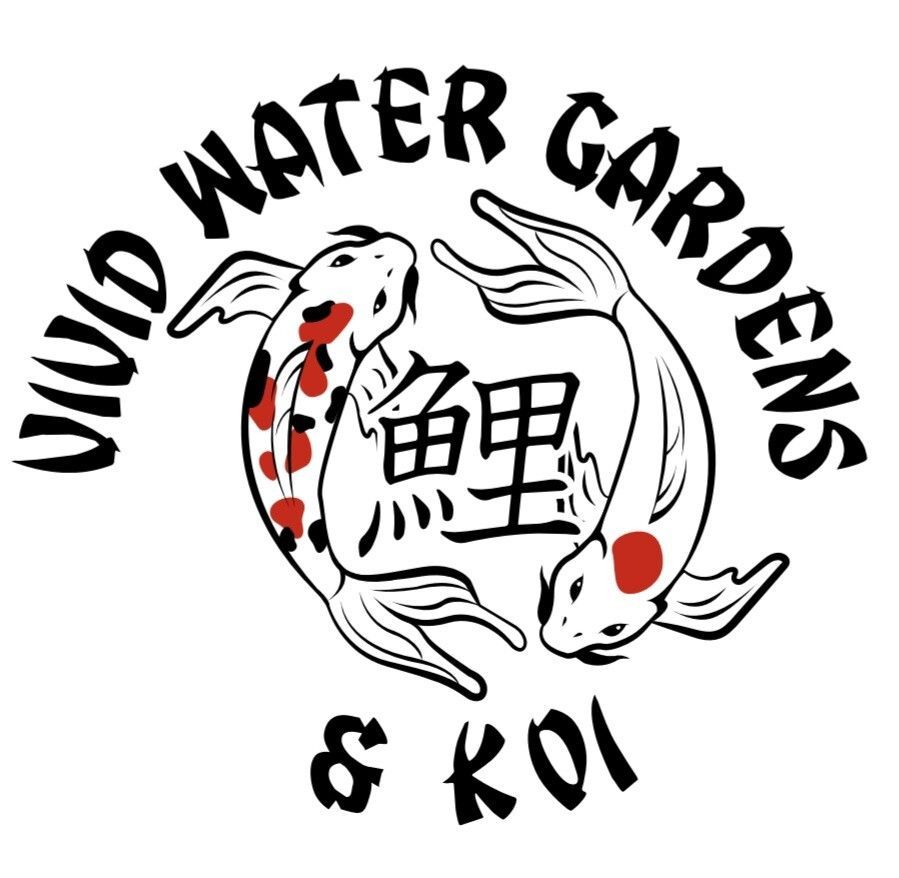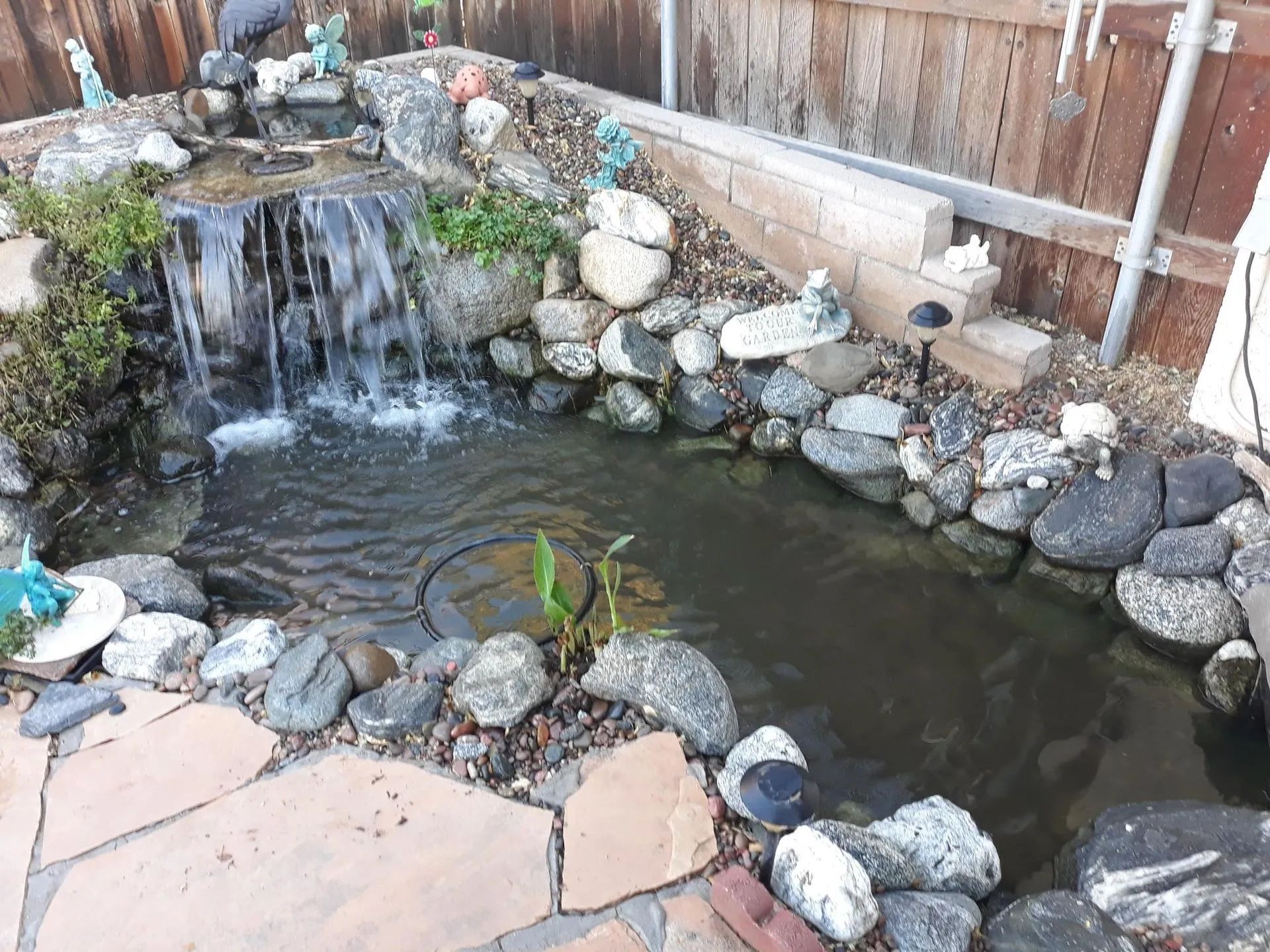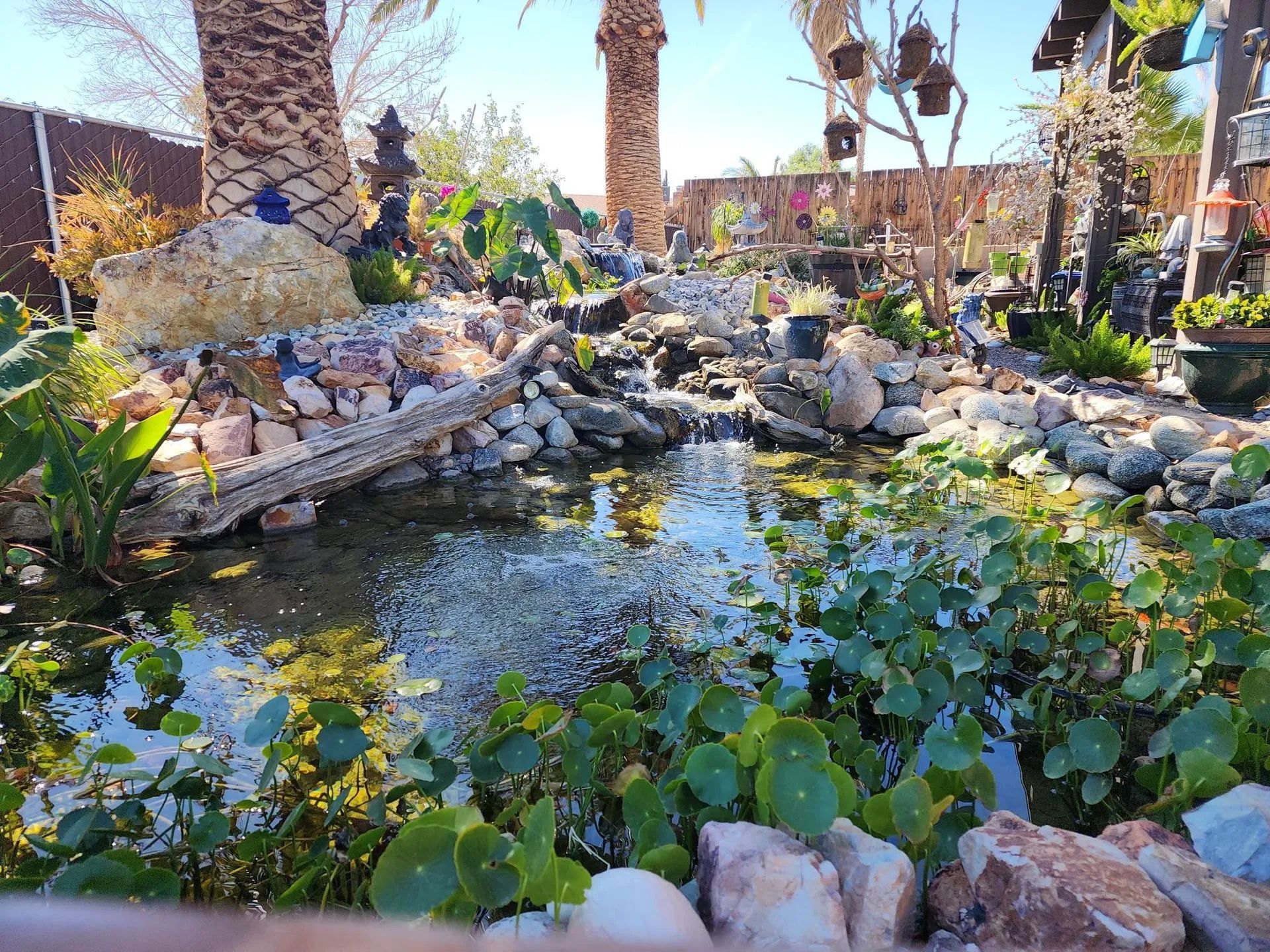Choosing the Right Filtration System for Your Hesperia Pond

The health and beauty of a pond depend largely on its filtration system. In Hesperia’s arid desert environment—characterized by dust, debris, and intense sunlight—choosing an appropriate pond filtration system is vital for ensuring clean, clear water and nurturing aquatic life. Whether you own a koi pond, a water garden, or a decorative feature, here’s essential information to help you select the ideal filtration system for your requirements.
Understand the Purpose of Filtration
Filtration has two primary functions: mechanical and biological. Mechanical filtration eliminates physical debris such as leaves, fish waste, and leftover food. Meanwhile, biological filtration fosters beneficial bacteria that decompose harmful toxins like ammonia and nitrites generated by fish and organic decay. Additionally, some systems feature UV clarifiers, which combat green water algae by exposing it to ultraviolet light, causing it to clump for easier removal. In sunny locations like Hesperia, this extra component can significantly enhance pond clarity.
Evaluate Your Pond Size and Fish Load
The initial step in selecting an appropriate filtration system involves assessing your pond's volume and its bio-load, which refers to the types and number of fish present. A small decorative pond without fish requires significantly less filtration compared to a 2,000-gallon koi pond. When uncertain, opt for a filtration system that exceeds your pond's requirements. High temperatures and swirling debris in Hesperia can challenge systems; having extra capacity ensures consistent performance and minimizes maintenance demands.
Consider Different Types of Filters
Many pond filtration systems exist, each with advantages. Pressure filters are compact and discreet for small to medium ponds, often featuring built-in UV clarifiers. Gravity-flow filters suit larger ponds due to their powerful design and are used with waterfalls or streams for natural circulation. Skimmer filters, placed at the pond’s edge, collect surface debris before it sinks, and pairing them with a biological filter maintains optimal water quality. Lastly, biofalls or waterfall filters offer excellent biological filtration and integrate well with a pond’s waterfall, enhancing aeration and aesthetics. Choosing the right filter combination, like skimmer, biofilter, and UV clarifier, achieves the best results.
Think About Maintenance and Accessibility
Every filter, regardless of its sophistication, requires routine cleaning. Some pressure filters include convenient clean handles, whereas gravity filters might need you to open and manually rinse the media. Select a system that aligns with your willingness and capability for maintenance, or one that a local pond professional can easily service. Additionally, think about the accessibility of the unit once installed; it should be reachable without disturbing the pond’s design or landscaping.
Match the Filter to Your Water Features
If your pond includes waterfalls, streams, or fountains, your pump and filter must be powerful enough to support water movement and filtration. Matching the pump flow rate to the filter capacity ensures that water circulates efficiently and stays clean. Flow rates should allow your entire pond to cycle through the filter every hour or two, especially in warmer months when debris and algae accumulate quickly.
Upgrade Your Pond with Expert Filtration Guidance
Choosing the right
filtration system is key to a healthy, low-maintenance pond, especially in Hesperia’s climate. At Vivid Watergardens, we’ve been designing and installing customized filtration solutions for local ponds in Hesperia, CA, for over 25
years. Contact us today for Pond Repair & Improvements, get the right system for your pond’s needs, and enjoy crystal-clear water year-round.





